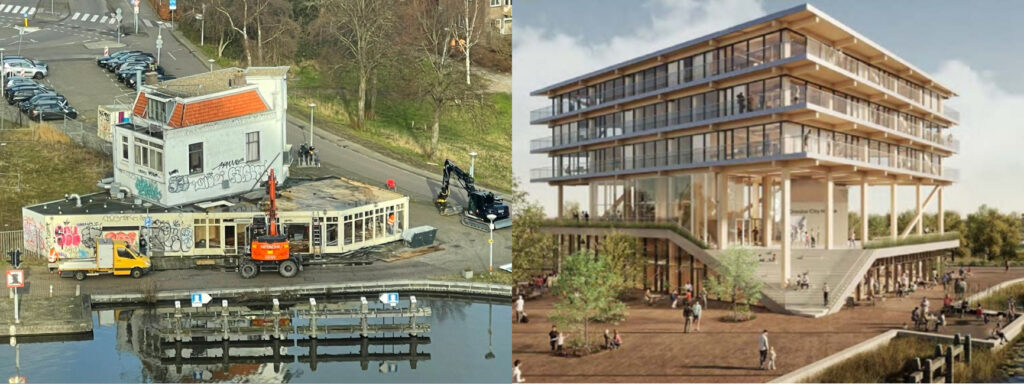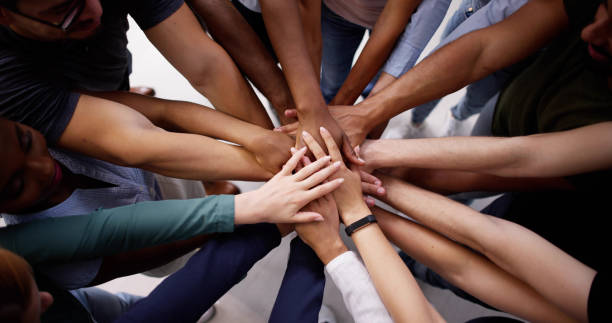Project
D-EVA – Digital Assessments of Practical Skills in Teacher Education 2
INTRODUCTION TO DEVA 2.0 DESIGN CHALLENGE
Since the time of the pandemic, the need for remote learning and online assessment increased. The project entails the development of digital tools for the e-assessment of the practical skills of students studying to become primary school teachers, using XR, gamification or simulation. From the list of four practical skills in the project brief provided by the partners of Deva 2.0, namely body language, time management, speed reading, and design for open spaces, the focus will be on a minimum of 2 practical skills. The selected practical skills for e-assessment by the team are body language and time management and the chosen medium is gamification and Augmented reality.
MEET THE DEVA 2.0 TEAM


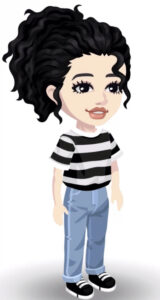
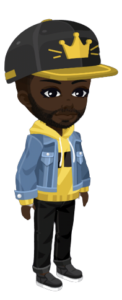
Oluwafemi Akintola Minayel Hassaan Sahar Mavali Jafar Kassim
(Nigeria) (Pakistan) (Iran) (Ghana)
Expertise within the team
- Oluwafemi: Accounting, International Management Corporate Governance, Research Methods (Literature)
- Minayel: Fashion Design, Adobe Softwares, Content Writing, Animation, Merchandising
- Sahar: Computer Science
- Jafar: Accounting, Finance, Research
DEVA 2.0 KEY PLAYERS/STAKEHOLDERS
- EU partners & experts from Spain, Romania and Iceland
- University teachers in the field of Teacher Education, especially those who oversee practical
skills (internships, placements, laboratories, skills labs) and their students
EXPECTATIONS OF DEVA 2.0’s PARTNERS
The expected outcome from the project is to develop two fully functional digital solutions for the e-assessment of the selected practical skills. Ideally, the assessment tools would separately assess one practical skill each (body language and time management) using gamification and augmented reality.
How can the digital assessment tools be useful?
- To propose different ways of assessment.
- To provide students and teachers with tools to facilitate students learning while they are
doing their practicums/internships online or tools that might be complementary to
face-to-face tools. - To work on e-assessment because by doing it we are contributing to future teachers’ digital
competence. - To build trust using the e-assessment tools. Professors are usually reluctant to use such
tools. - To show the added value of e-assessment tools.
- To help to align the teaching processes with the assessment process.
- To be consistent with the needs of society in which we live.
PROCESS
The team Deva 2.0 works in sprints and each sprint the focus is on SMART Goals.

We started our sprint 1 from here
During sprint 1, the main goal was to develop a prototype (Augmented Reality) discovering the digital solutions for E-assessment and evaluation of the practical skills which would incorporate the needs and preferences of educational stakeholders in the Teacher-Student discipline or field. The practical skill of body language was viewed in depth. The methods used to achieve this were:
- Qualitative Research
- Interviews with educational stakeholders
- Literature Review (desk research)
- Stakeholders mapping
- Mind Mapping
- WWWWWH
The stakeholders’ map aided us in finding a direction and provided insights into the educational field.
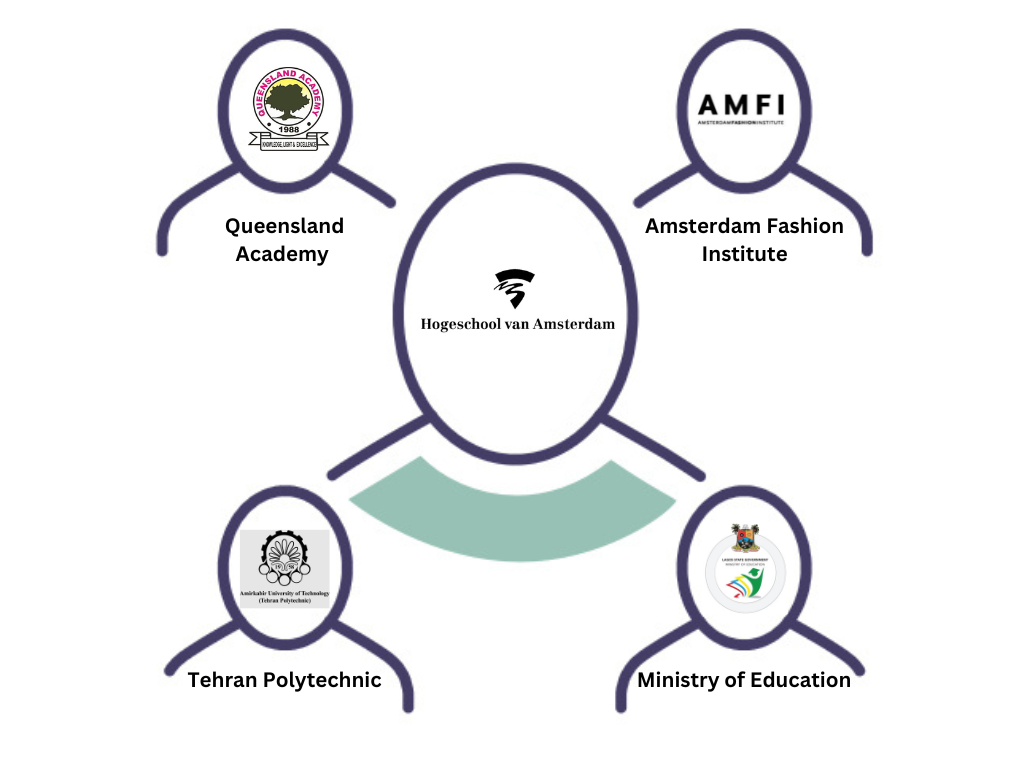
For body language, we explored several options via ABC testing. Through that the team decided to go with a web based tool called teachable machine.
Teachable Machine is a web-based tool that makes creating machine learning models fast, easy, and accessible to everyone
Usage – Teachable Machine can be used to recognize images, sounds or poses
Output – Classification of the input (in tensorflow.js)
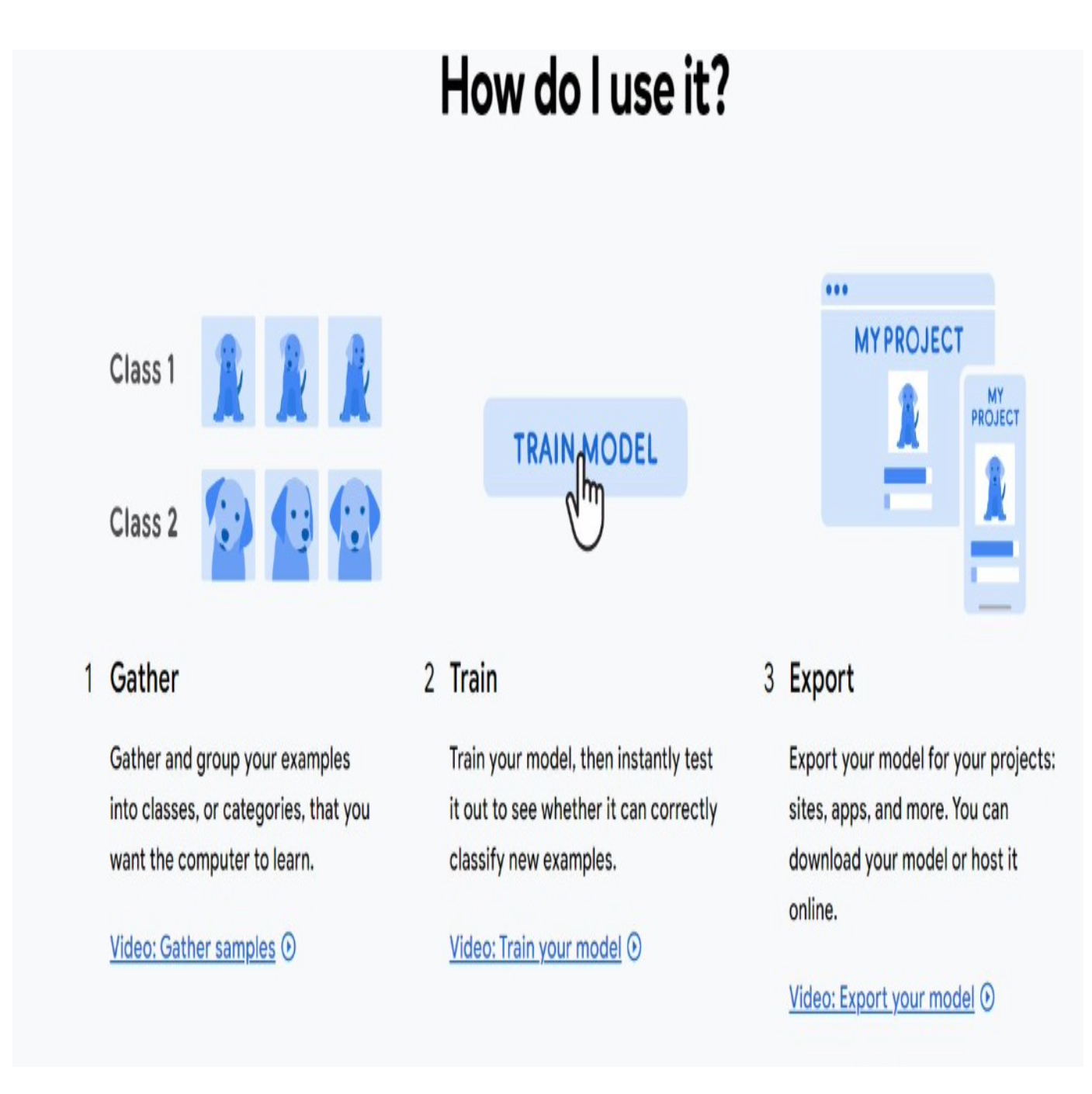
There were several benefits of the teachable machine including
➢Open-source
➢Free
➢Accessible
➢Easy to use
➢Versatility
We used a web based tool https://teachablemachine.withgoogle.com/t rain/ pose to train the machine by first creating different categories, then began recording various samples as poses to satisfy the possible cases of body languages
This is how the model is trained
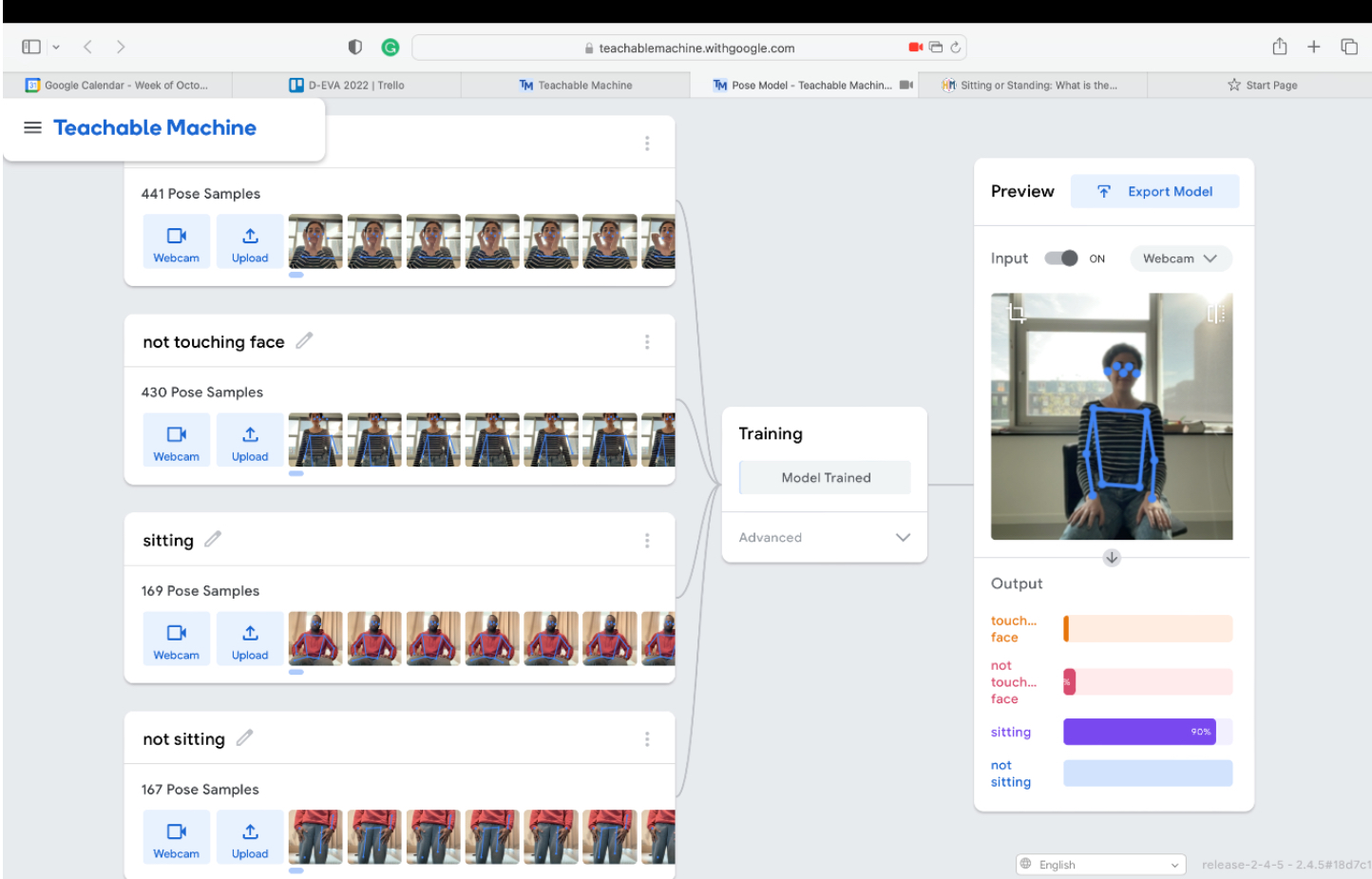
We also carried out more desk research and came across body language decoder card game by Martin Brooks. It presented various categories of body language namely Deception, Expressing interest, Nervousness, Power Play,Connection, Confidence and Conviction
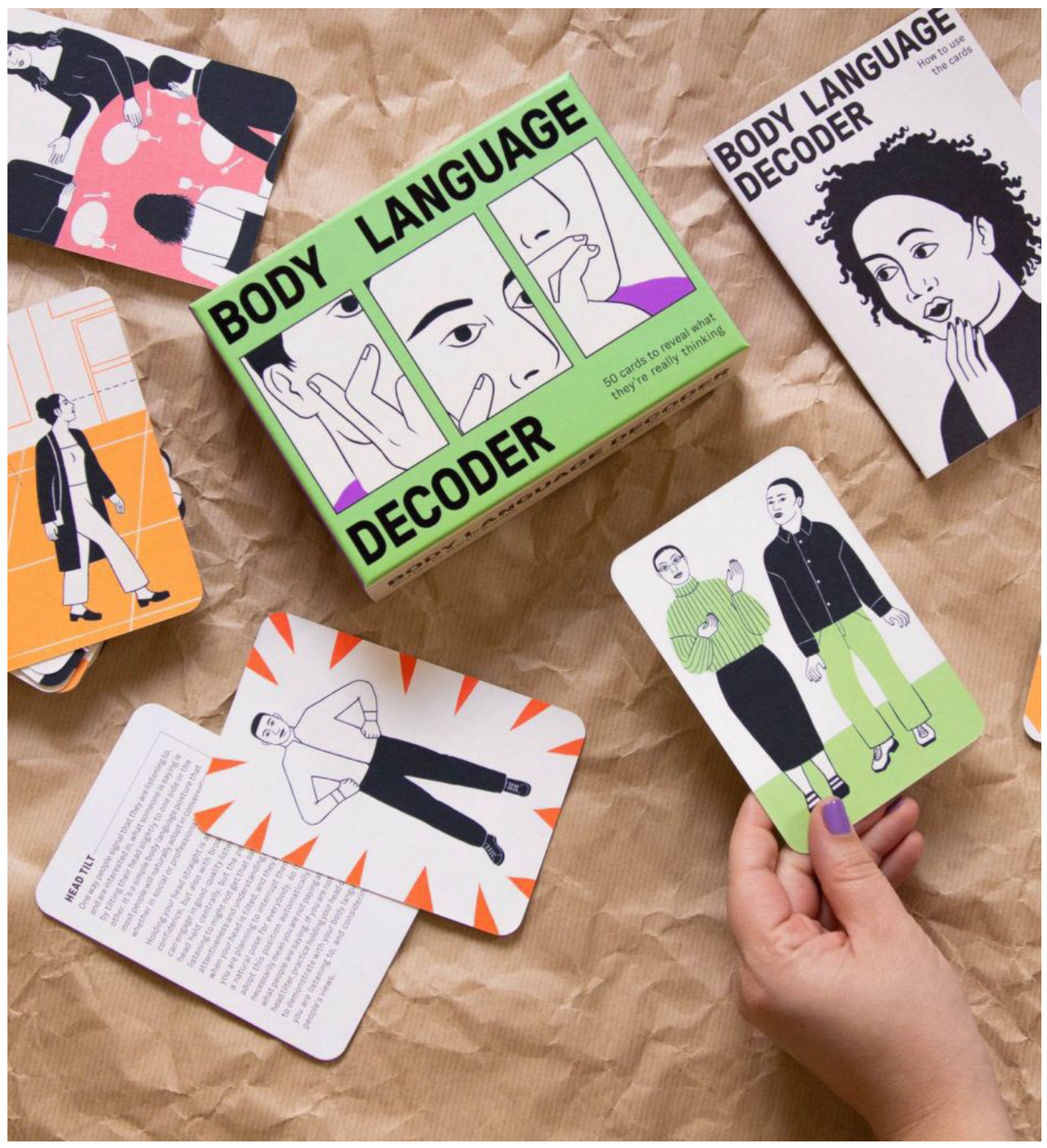
It provided a clear framework divided into 7 easy to comprehend categories. The game has simple illustrations of common gestures and can be a mirror for self assessment
This sprint ended with our focus on:
• Finding a direction to proceed with one or more of the proposed ideas
• Define Intentions (Understand how our prototype can help in assessing the body language and time management)
• Ideate & frame concepts (Make our prototype more realistic)
• Prototype / Design (Lo-fi development)
• Add a grading system using time functions in
Java Script
• Focusing on deep diving into the time- management as a practical skill
After this we started working on sprint 2
Our goal of sprint 2 was to Present usable digital products that use Augmented Reality and Game features to assess the practical skills of future primary school teachers
Definition of the important words used in the project
Augmented Reality – is the process of combining digital information with a user’s physical environment in real time
●Gamification – is the method of adding game features to non-game environments
●E-assessment – any form of evaluation that uses technology at any of its given stages
●Practical skills – such examples include useful skills time management and body language acquired to perform tasks efficiently
We Developed Two Usable product for presentation: Website and Game Demo
●Website – using HTML and JavaScript
●Game Demo – a video containing the elements of a non-game environment using game design
This is how the website appears
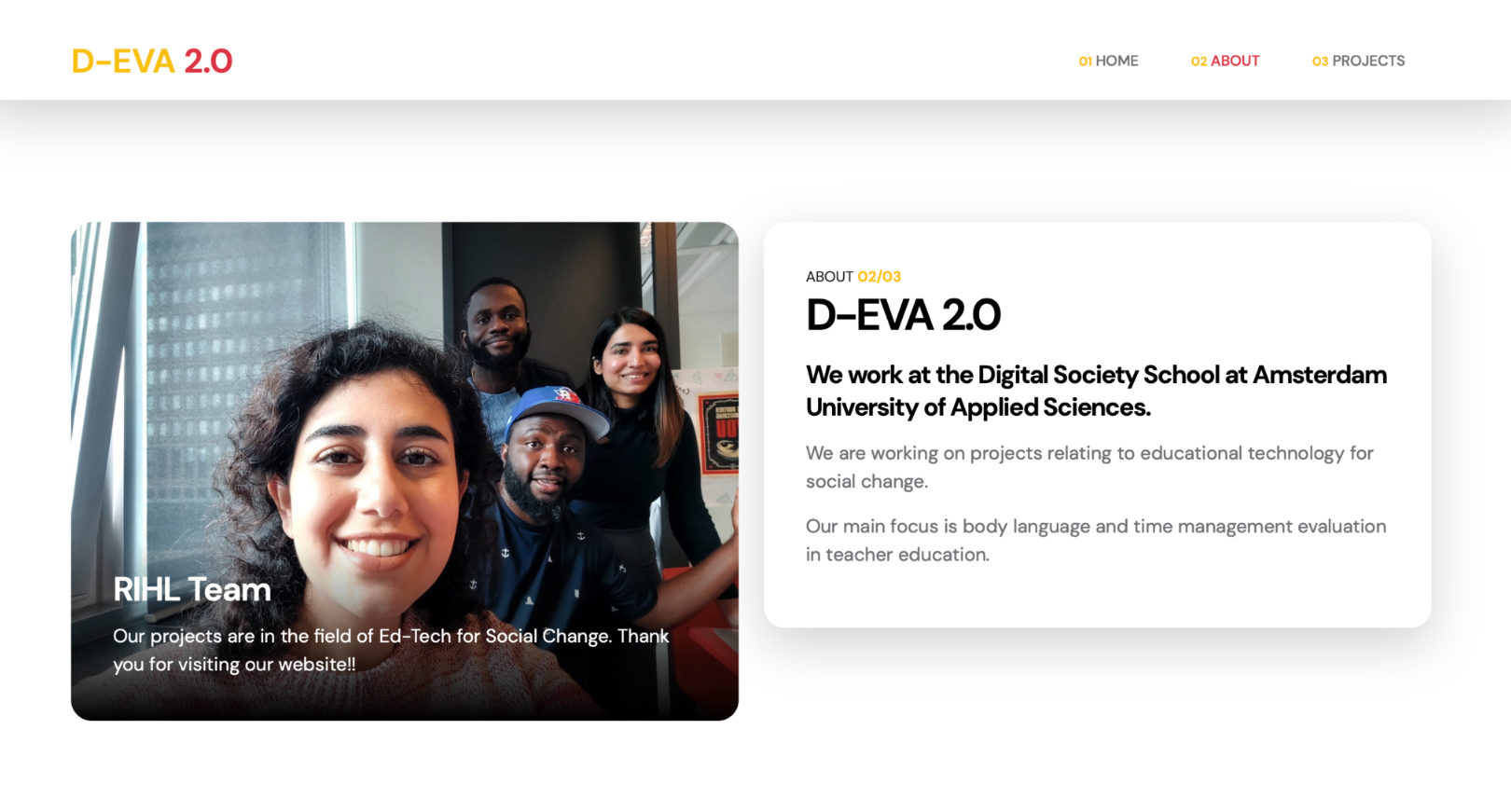
Our Initial Game was called Fish em based on categorization of priorities on Tasks
This is the content board of the game
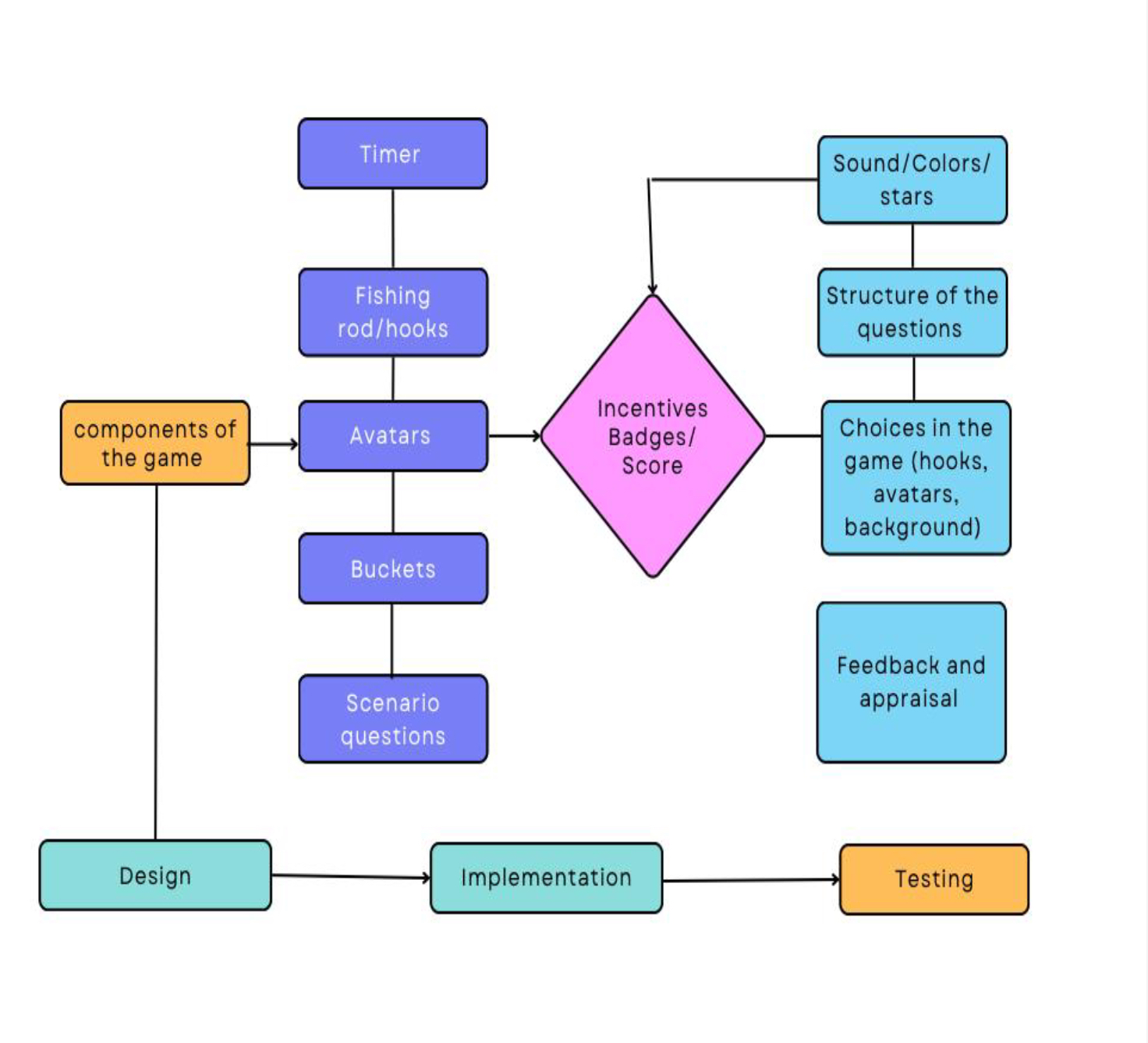 Characters developed to play the game
Characters developed to play the game

Interface
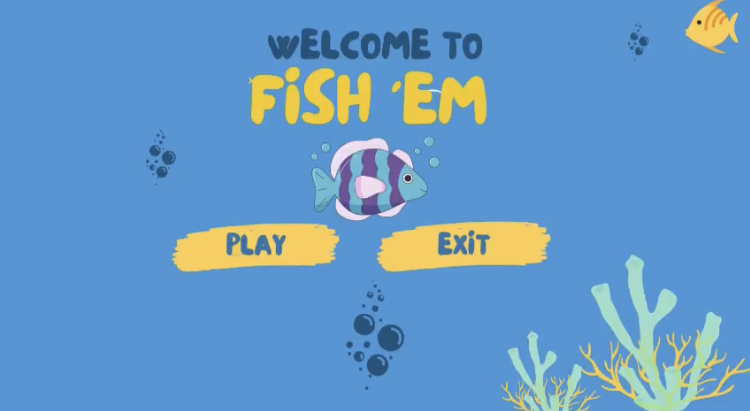
Learning curve of our journey so far: lessons learnt, insights, grey areas
Less emotional attachment to the prototype ideas
Willingness to be open to other industries (gamification)
Adaptability to new information gathered from research
Willingness to take challenging tasks
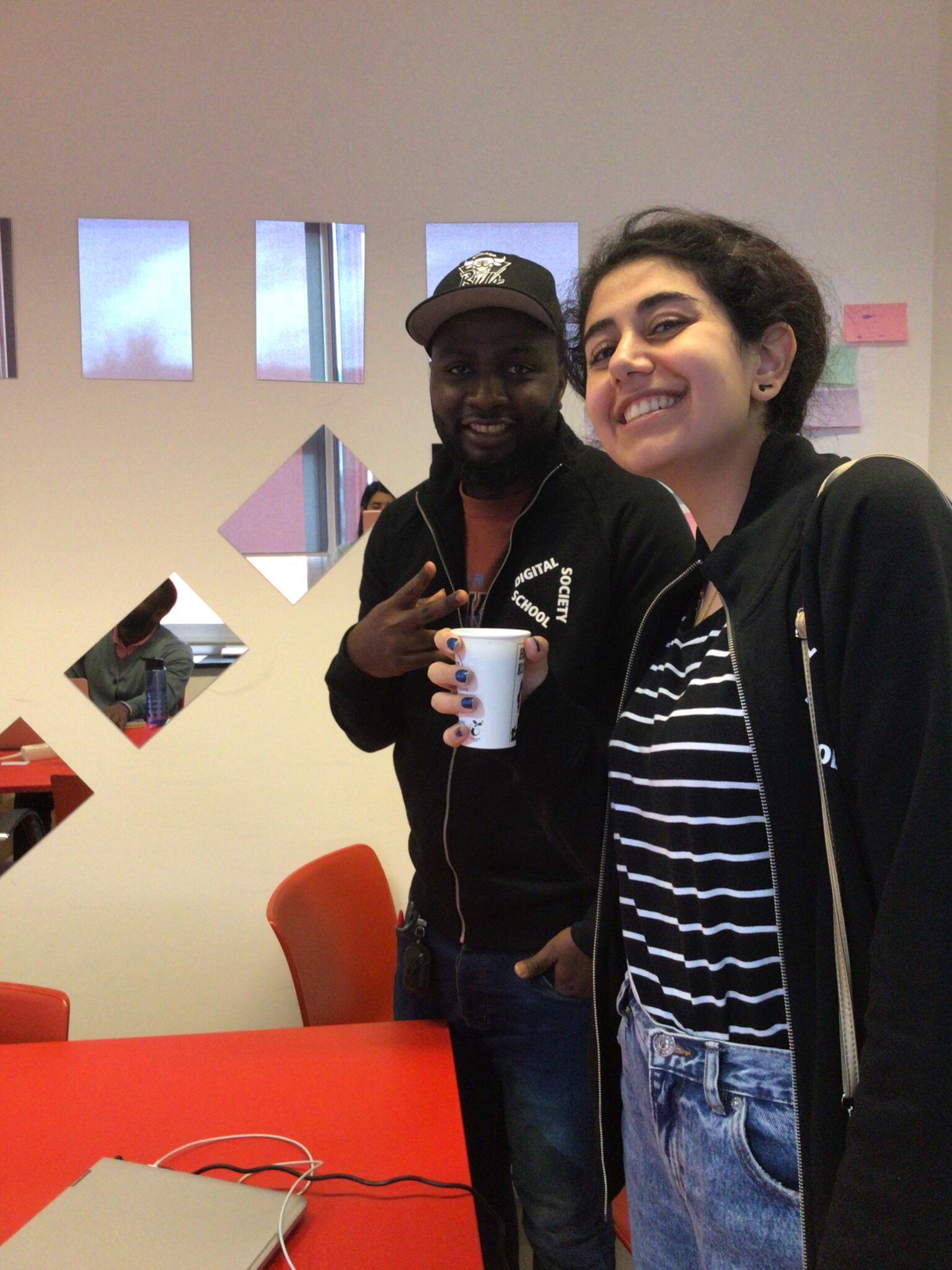
For our next sprint our focus is on:
Identifying how gamification as an assessment tool and time management go hand in hand
•Establishing a criteria for the foundation of a developing a rubric that gives feedback during assessment
•Adding more features to the teachable machine to improve accuracy and evaluation
•Incorporating more information on the website
After sprint 2 we did a retrospective and ranked our progress by standing on a number. The number showed how we did in this sprint according to each of us individually

From our next steps we started planning and working on our sprint 3
Our goal was to present an improved LO – FI development of prototype to assess body language and time management
Secondly, planning, organising and holding a multiplier event with guests and stakeholders
We added a standardized and improved feedback feature to the Teachable Machine – Augmented reality
Detected body language movements and quantified it, in real-time according to specified categories
For Gamification, the desk Research provided further insights to important aspect in Teacher education that tests for time management
Such as:- Setting Objectives, Prioritization, Effective Lesson Planning and Class management
Application of Eisenhower Matrix [Urgent / Not Urgent / Important /Not Important
How the improved version of the game looks evolved from the initial fish em idea
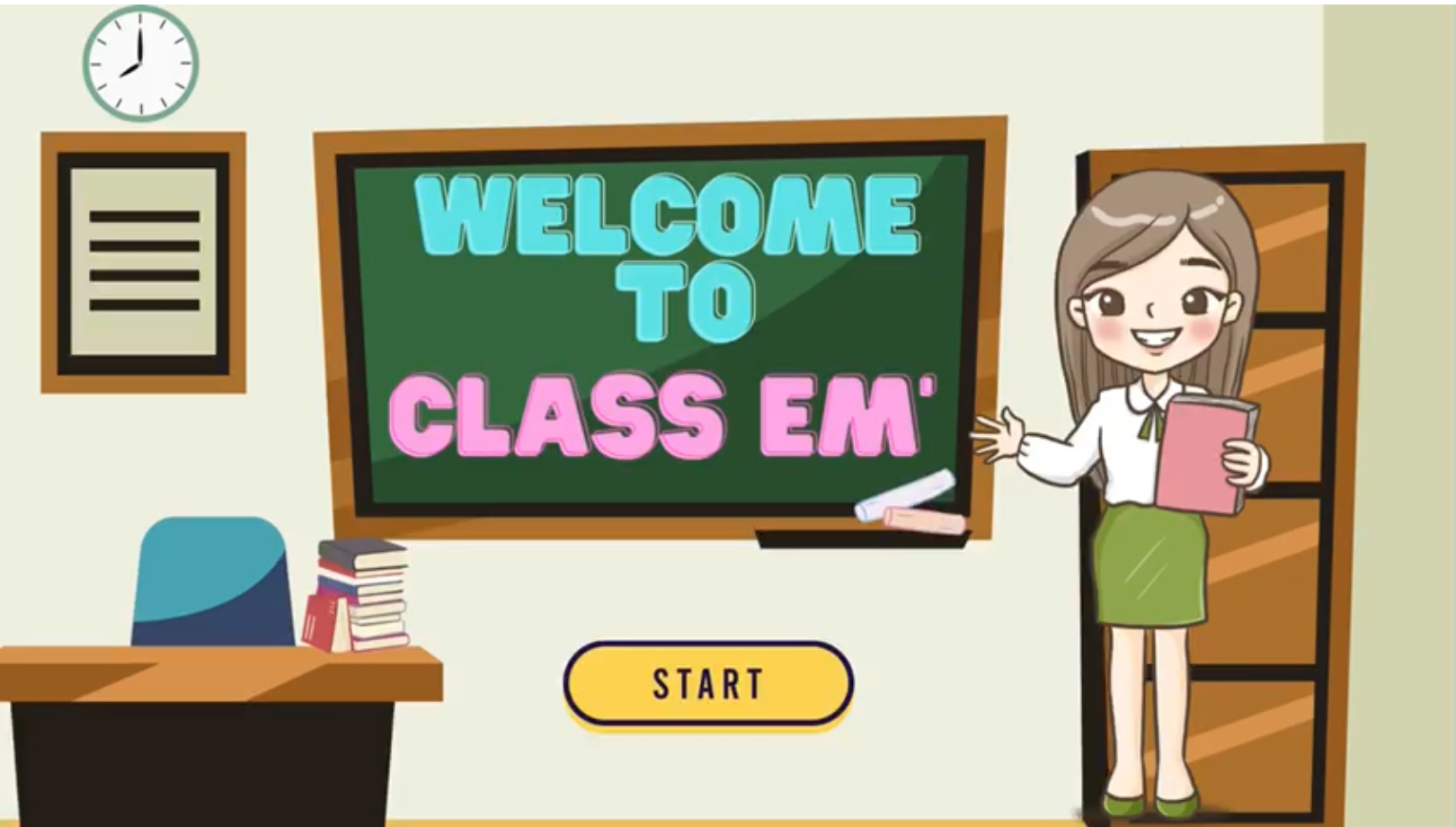
We also successfully carried out a Multiplier Event with guests and stakeholders on the 24th of November
•Presented e-assessment activities that relate to a digitalized environment in teacher education
•Attendance was made up of at least 30-40 people which satisfied the requirement of 10 Locals and 5 Internationals
Members of D-eva 2.0 and the guest speakers engaging the guests at the event
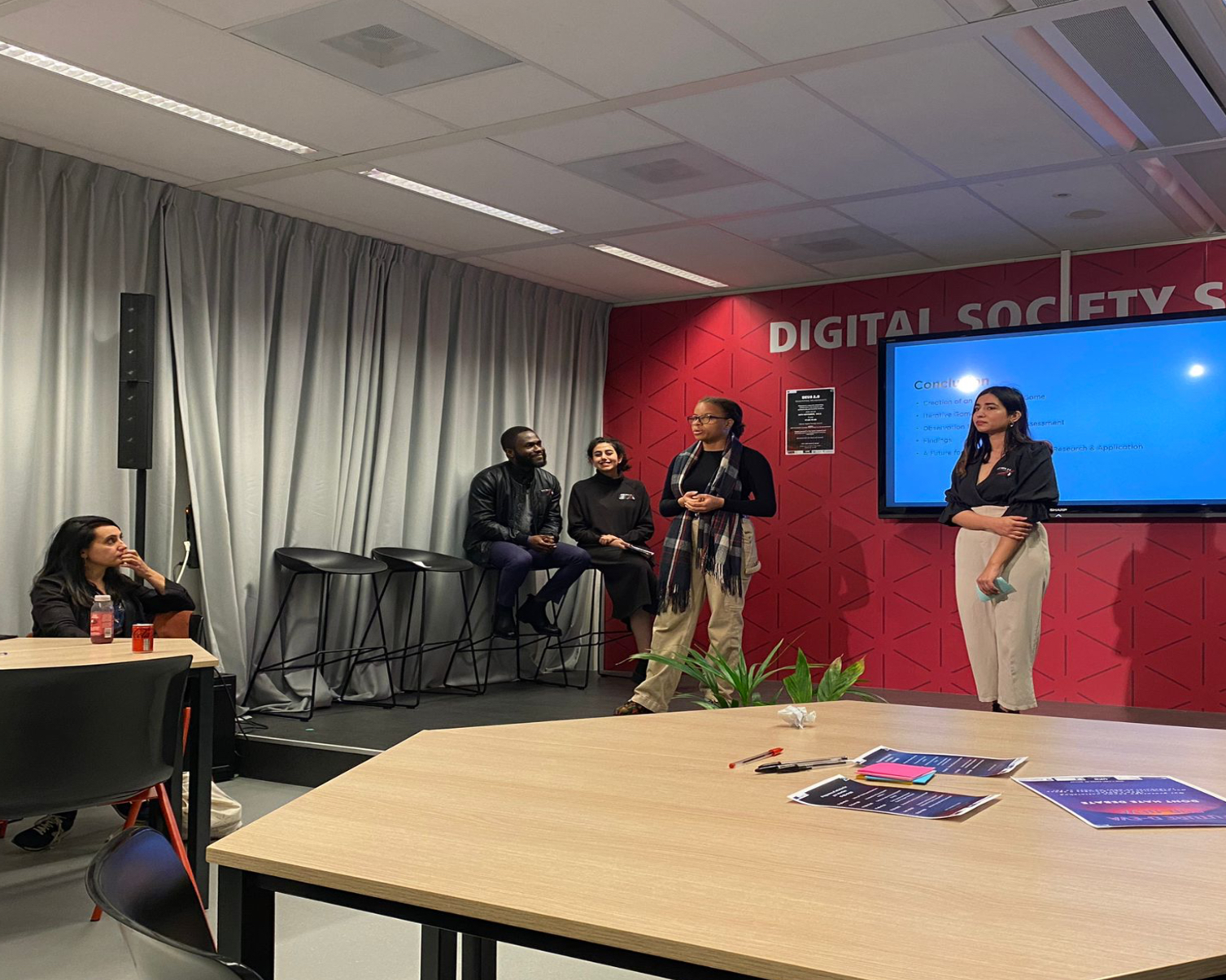
Presentation of the two digital solutions
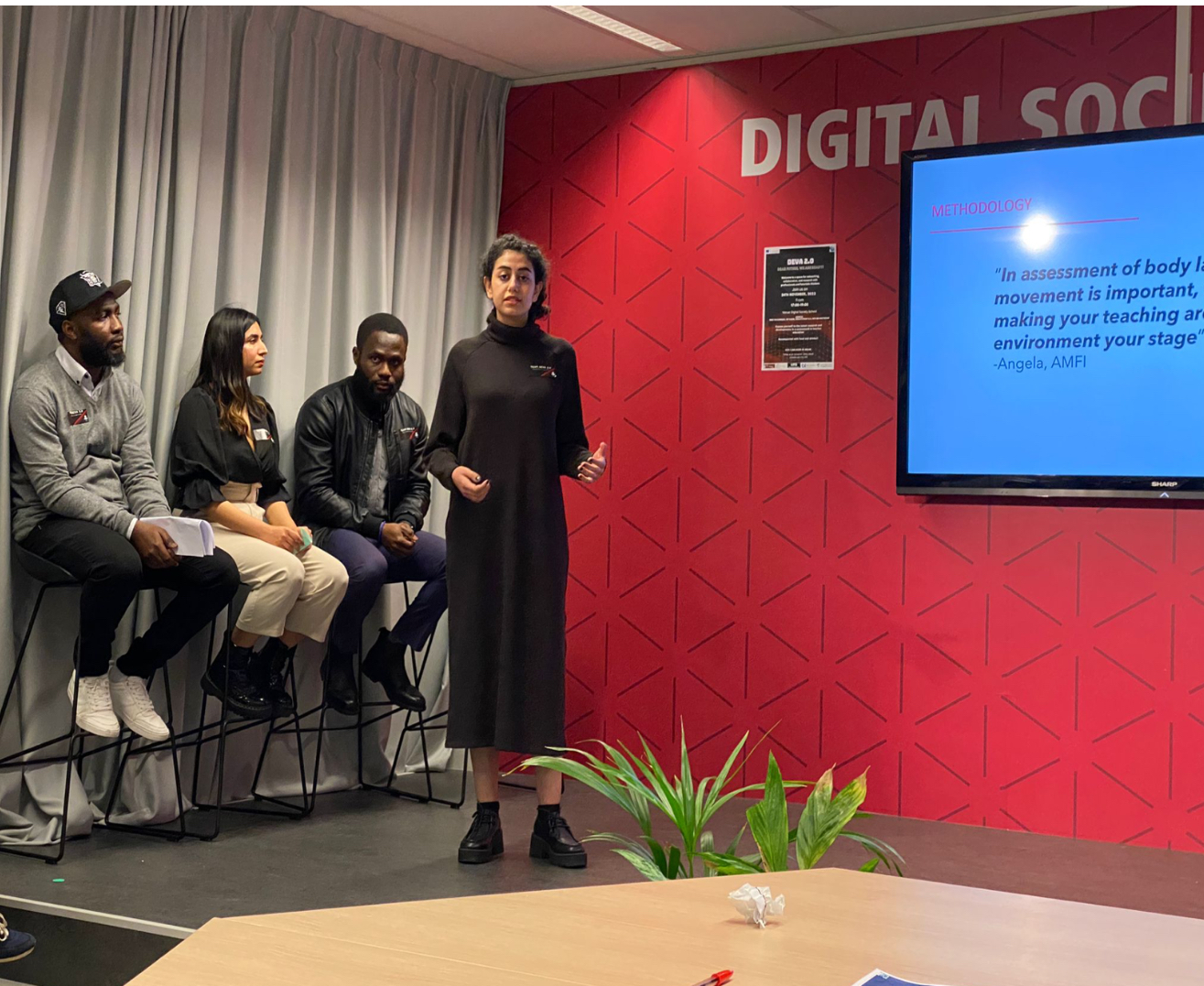
Guests listening to the digital solution prototypes presentation

Members of team D-eva also presented in the transnational meeting

The sprint 3 ended with our focus on:
Improving the features of the teachable machine that manages the expectation (functional result) of the partners and providing a functional game to the partners
After a lot of work and adrenaline rush we got ready to work on sprint 4
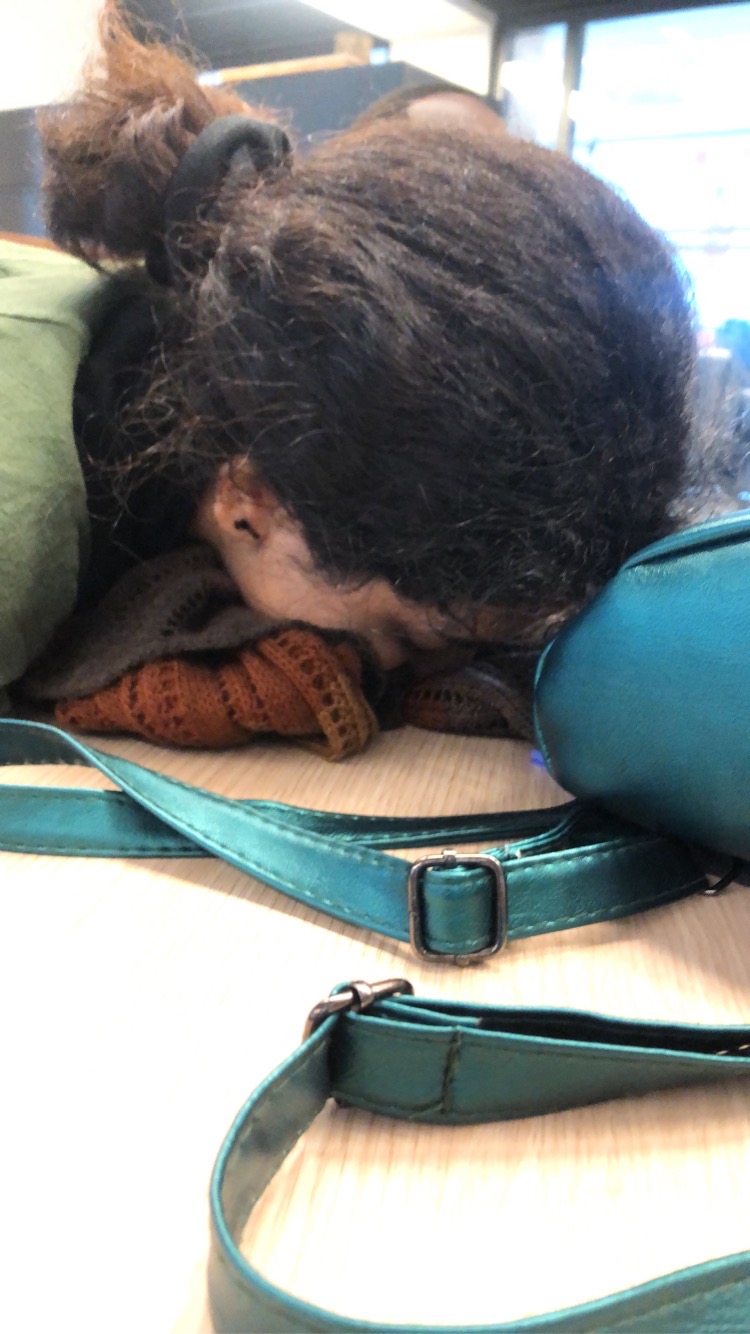
We started our work on sprint 4
Our key area of focus was:
Validating UX Interface on the Web-based medium that carries the Augmented Reality digital solution
Validating the rubric development for backend assessment that scores the front end on Eisenhower overall prioritisation
Validating the convenience of the drag & drop activity implemented in the game
We also came up with illustrations of the scenarios in the game and an instructional video of how to use the body language tool which will be uploaded on the website
This is how our instruction video interface looks like
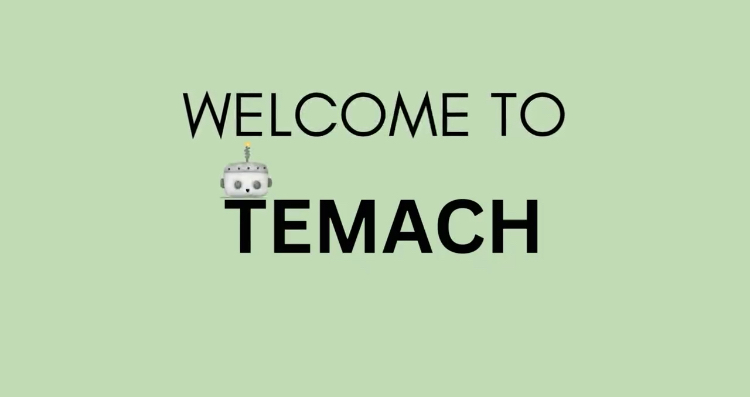
Currently we are working on sprint 5
For Sprint 5 our aim was to
Ensure that we have a playable game that runs smoothly in the hands of the users, that fulfils the objective of establishing the non-game environment that
appears in a gamified form
Consulting with technology and game-design experts, Coding, Game design, and Game development
Upload the facility on a “Gamified Tool” that assesses
time management to the DEVA Hub
Organise the booth to display our
prototype
For the showcase event we prepared our booth to captivate the audience and let them try and test our 2 fully functional digital solutions
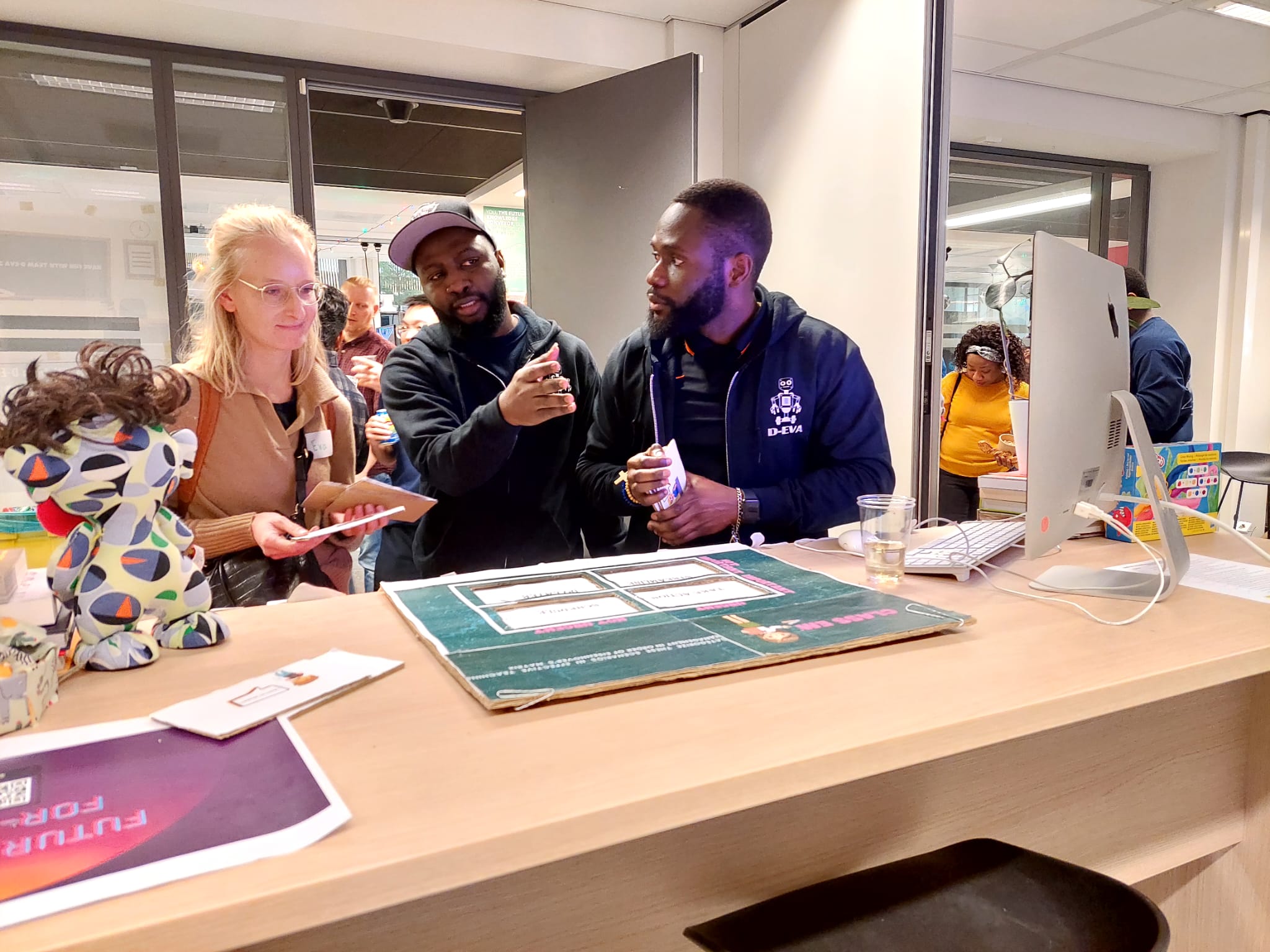
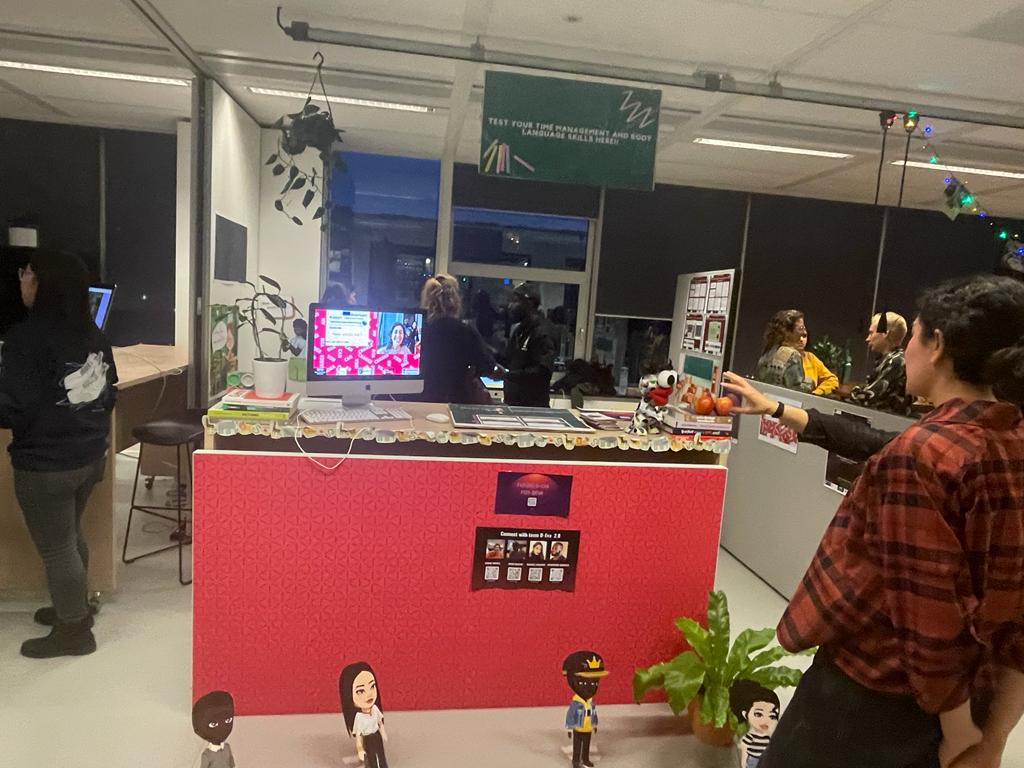
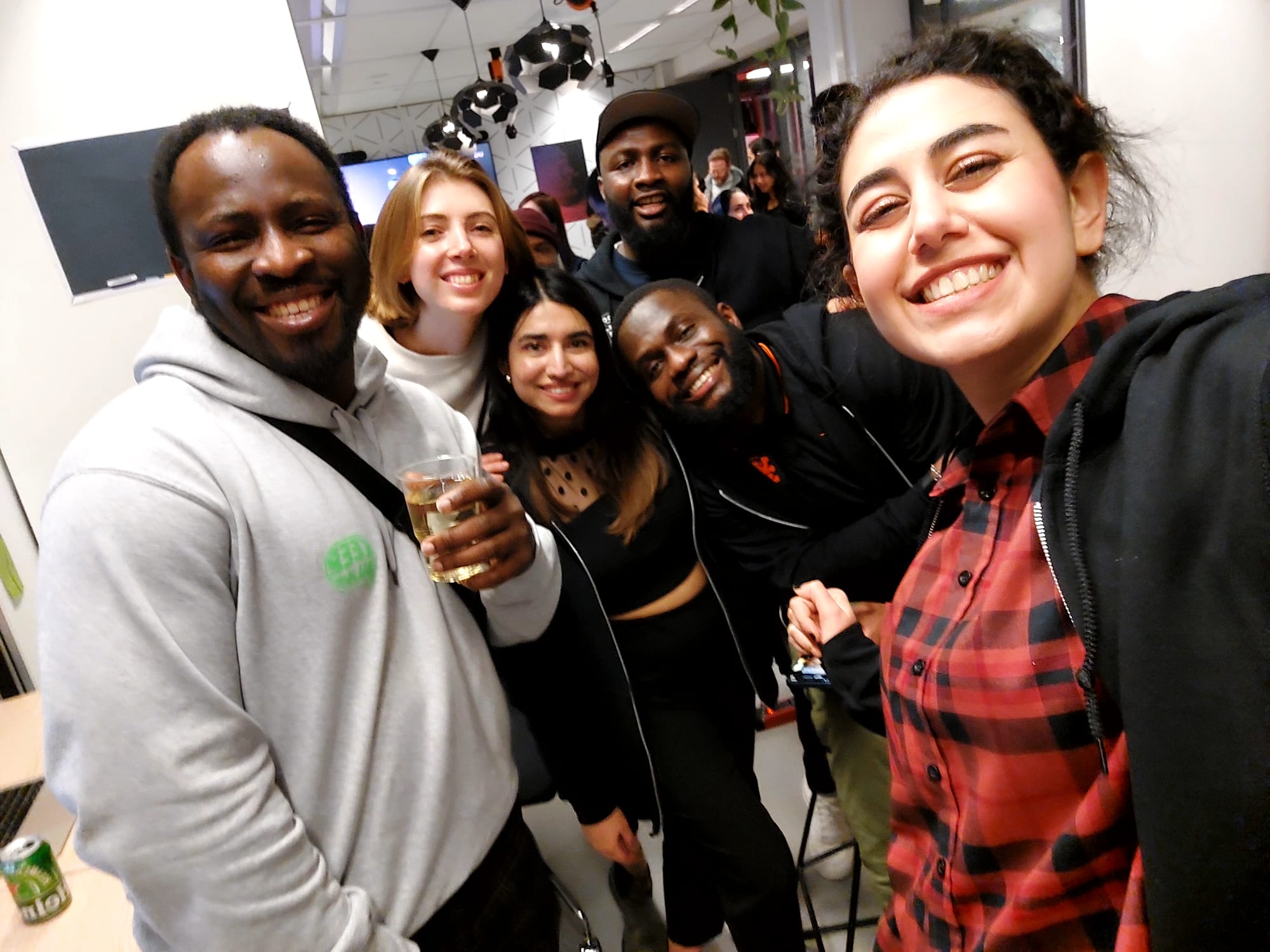
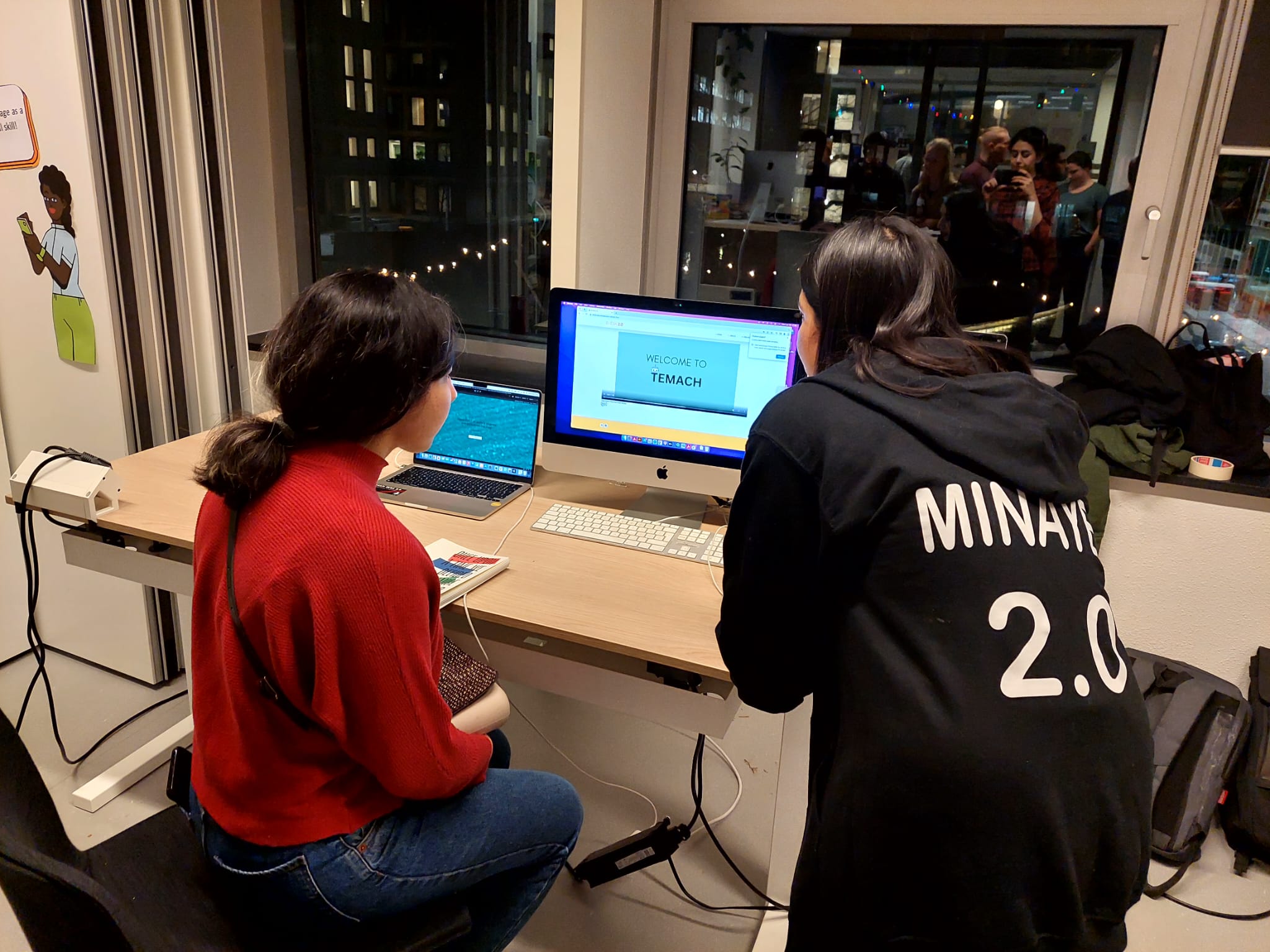

Take a look at our journey so far
